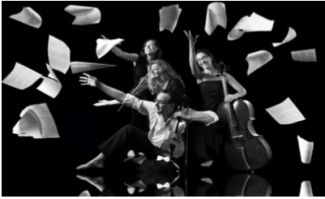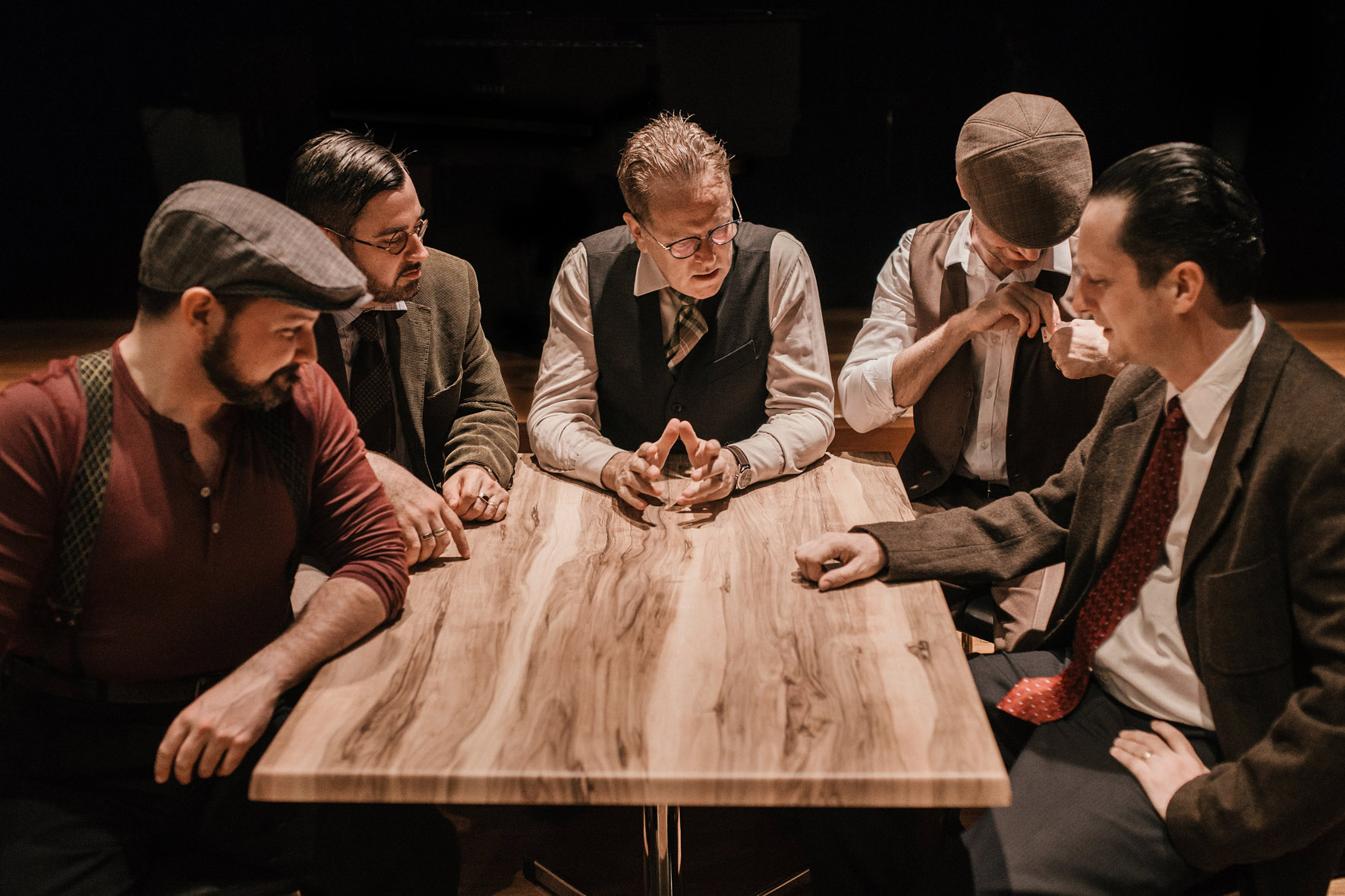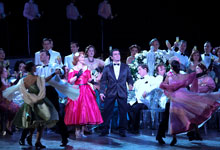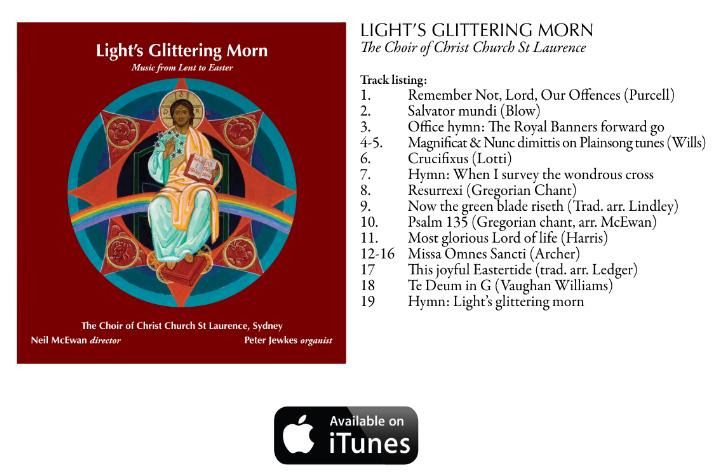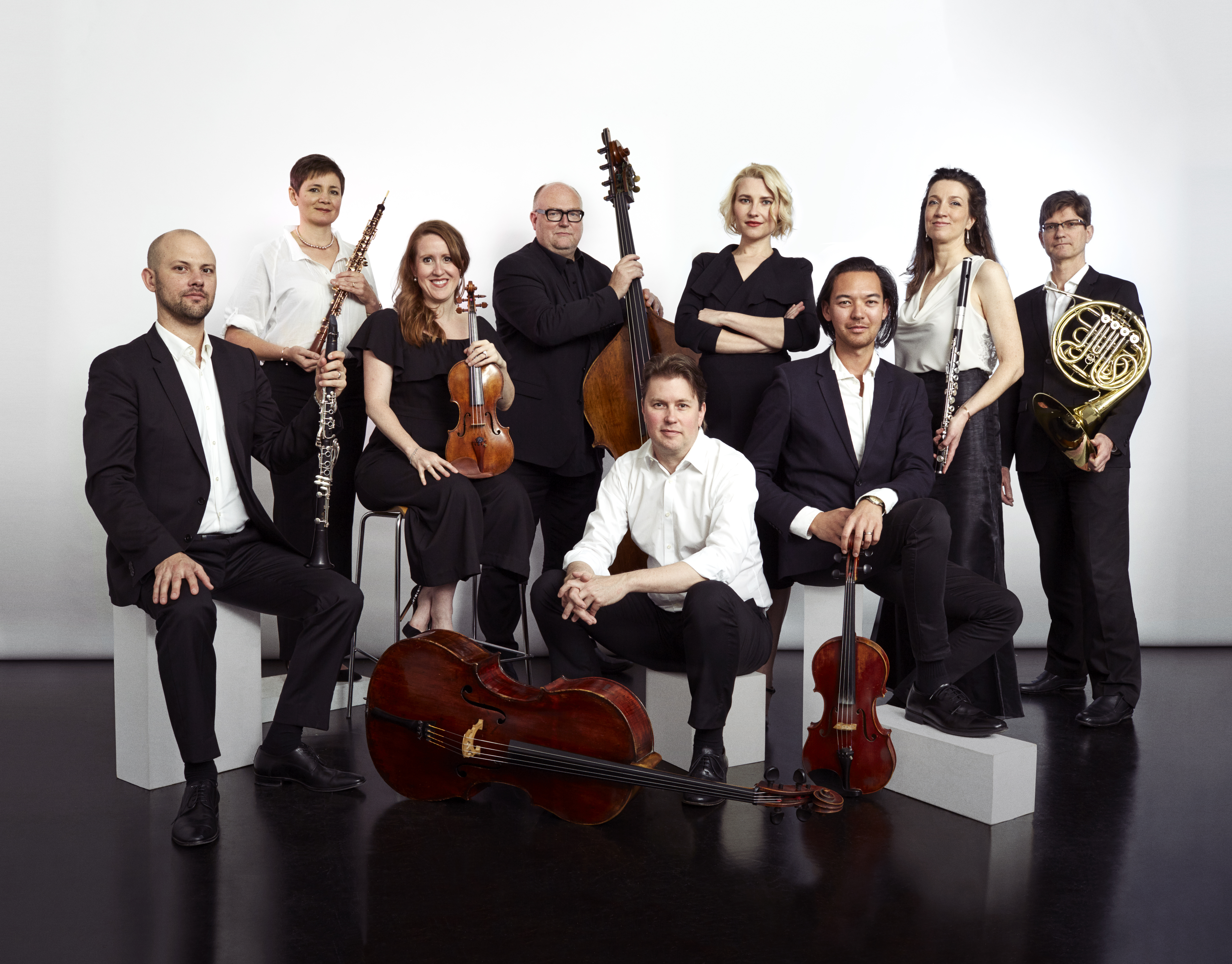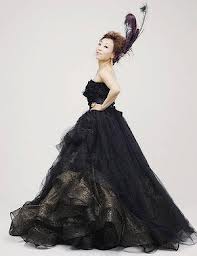Concert Review: Harbour Light/ Acacia Quartet
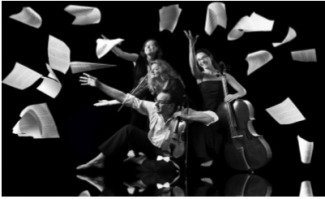
Harbour Light
Acacia Quartet
Utzon Room, Sydney Opera House
November 9, 2016
One of the gifts of an ensemble playing the music of a living composer is that the two are able to build a creative partnership, ensuring that the writing is suited to the musicians and in return, the composer is able to coach the musicians into a performance that coincides closely with the composer’s vision.
When Acacia Quartet presented Harbour Light, its final concert in its 2016 Utzon Room series, composers Nick Wales and Sally Whitwell were in attendance to speak about their works which received their world premiere performances that evening and which were written/transcribed especially for Acacia Quartet.
From the Utzon Room of the Sydney Opera House, the four musicians, violinists Lisa Stewart and Myee Clohessy, violist Stefan Duwe and cellist Anna Martin-Scrase presided over a brooding view of Sydney harbour, shrouded in mist and drizzle. The concert took its name from Harbour Light, the string quartet by Sydney composer Nick Wales which opened the evening. The single movement piece was originally written for chamber orchestra and transcribed by Wales for string quartet. As Wales said, in his introductory comments that while the original version for chamber orchestra was ‘lush’, the transcription for quartet found ‘the essence’ of the work. It is a charming piece that conjures up vivid images – the sonorous horns of the ferries created by the lower strings, lights shimmering in the waves that are fidgety one moment and tranquil the next.
Sydney composer Sally Whitwell was on hand to talk about her work, the String Quartet No 1, Face to the Sun. By her own admission, Whitwell is not a string player (but a brilliant pianist, composer, conductor and arranger), This was her debut string quartet in which she wanted to ‘emulate the physical textures of the flowers’ after which three movements of the quartet take their names – Banksia, Boronia, Everlasting and Gumnut.
Banksia get off to an energetic and guttural start with pizzicato and martellato bowing; syncopated rhythms drive the movement segueing into a flowing cello solo. Boronia is more rhapsodic at first but blossoms into a skittish rhythm as the four parts end in unison. Everlasting changes character dramatically with a majestic broad opening underpinned by slowly changing chords through which emerges a hypnotic cello melody. It was reminiscent of large swathes of mountains shifting imperceptibly through the millennia. Gumnut had a more percussive feel – like the shell of the nut. It was a multi-metric romp which motored along with the interplay of innovative rhythms and accents. It was very well received and I suspect we can look forward to more of Whitwell’s string quartets presented by Acacia.
Brisbane born, California based Joe Twist was not present to talk about the world premiere of his piece Spongebob’s Romantic Adventure, but sent a message describing it as “a bit of silly fun.” Indeed it is an entertaining caricature in music of the cartoon character. It has all elements of filmic music – a touch of slapstick in its over-the-top, weeping violin line, jazzy elements and a rumbunctious hoe-down.
Acacia brought another filmic element to the programme with a performance of Bernard Hermann’s only string quartet, Echoes. Hermann is a master of creating tension in music having composed the scores for the films Psycho and Vertigo. There were strong reminders of his soundtracks which Acacia portrayed with great drama, but it was their tremendously sensitive insights into the melancholy and resignation of this piece which Hermann composed at the end of his life, that were more special.
As rewarding as it is to hear the ensemble premiere music in the presence of the composer, it is as delightful to hear the ensemble reprise music from past programmes. I had the privilege of hearing Acacia perform Philip Glass’ String quartet No 2 Company and Gershwin’s Lullaby in a 2014 concert. No two performances are ever the same and it was a pleasure to hear these works again, separated by time and by their growth into a more mature ensemble.
The single-movement Lullaby for string quartet by George Gershwin was written in 1919 and languished in Ira Gershwin’s library till 1967 when the Juilliard String Quartet performed its premiere. Lullaby lives up to its title, its gently swaying ragtime rhythm executed by the ensemble with pin point accuracy and dynamic cohesion fading unanimously to a barely audible whisper at the conclusion.
Philip Glass’ String Quartet No 2, completed in New York in 1983, seventeen years after his first string quartet, was originally written for the play Company, based on Samuel Beckett’s novella of the same name. It is a brief piece but contains the regular four movements which Acacia played in minimalist style with driving rhythms and meticulous cohesion.
The programme delivered some of the best talents of the musicians of Acacia and their collaborations with the composers have created some charming new music which makes the most of insightful and technically demanding writing for stringed instruments. There was never a ‘wallflower’ in these pieces, rather, each instrument had its chance to shine, taking up the narrative at different points.
I have often lamented that world premieres and other rarely heard pieces are mothballed after one outing. It was gratifying to hear these engaging works by Gershwin and Glass again, and I hope that the works from the three Australian composers will likewise have other hearings before too long.
Shamistha de Soysa for SoundsLikeSydney©

